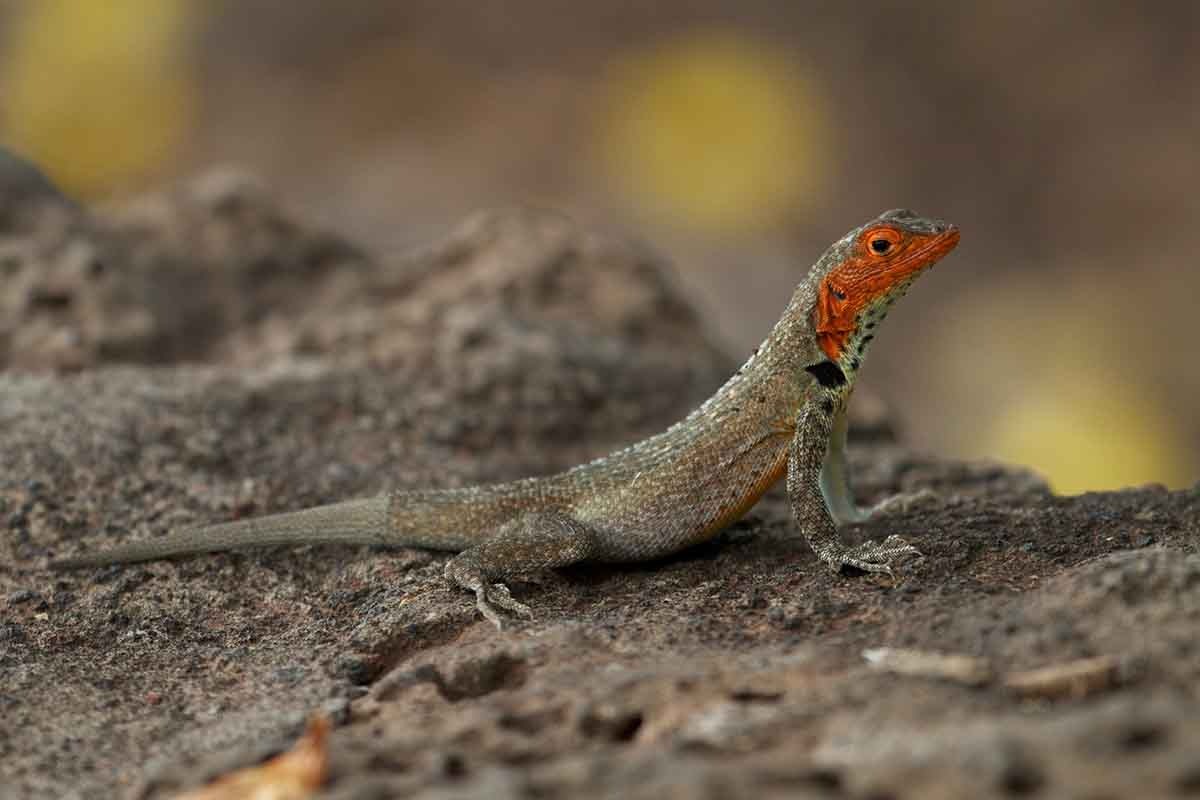Departure from Quito/Guayaquil to Baltra island (2 1/2 hours flight). Our natural guides pick up passengers at the airport and take them to the bus stop to board the M/Y Coral I/M/Y Coral II.
Santa Cruz Island: Highlands
Dry landing. Galapagos' mountains are home to many species of birds. These include vermillion flycatchers and yellow warblers as well as tree and ground finches and vermillion flycatchers. You can see the many ecosystems on the island from the road to the reserve. It is a great way to experience the diversity. From the coast, the road winds through the agricultural zone to reach dense and humid forests. You may also see Galapagos Giant Tortoises wandering in the paddocks and often seen along the road. This is an ideal spot for bird watchers as almost all land birds on the island live or migrate here.



